- Budget spent: £2,713
- Status: Implemented
In early 2021, we partnered with Oana Namibia to fund a native plant nursery to support future large-scale reforestation and reforestation efforts. Oana is located in Southern Namibia, where the landscape is characterised by open desert shrubland interspersed by mountainous terrain, wooded ephemeral (intermittent water) and perennial (constant water) river beds, and grassy sand and gravel plains. These habitats are threatened by overgrazing, the spread of non-native Prosopis spp., climate change and erosion. Oana has already made great progress in clearing large areas of Prosopis and will soon be able to start restoring the river beds as well as the grassland ecosystem through planting.
The Intervention
The funding from this project will cover the main supplies needed to build a 300 m2 nursery. This nursery will supply the seedlings and saplings of native trees and grasses for future planting and restoration, and house native succulents, like elephant’s trunk (Pachypodium namaquanum) and quiver tree (Aloidendron dichotomum), in case of local extinctions. The funding will enable Oana to purchase the shade cover, seed house, irrigation system and planting equipment (pots, secateurs, buckets etc.).
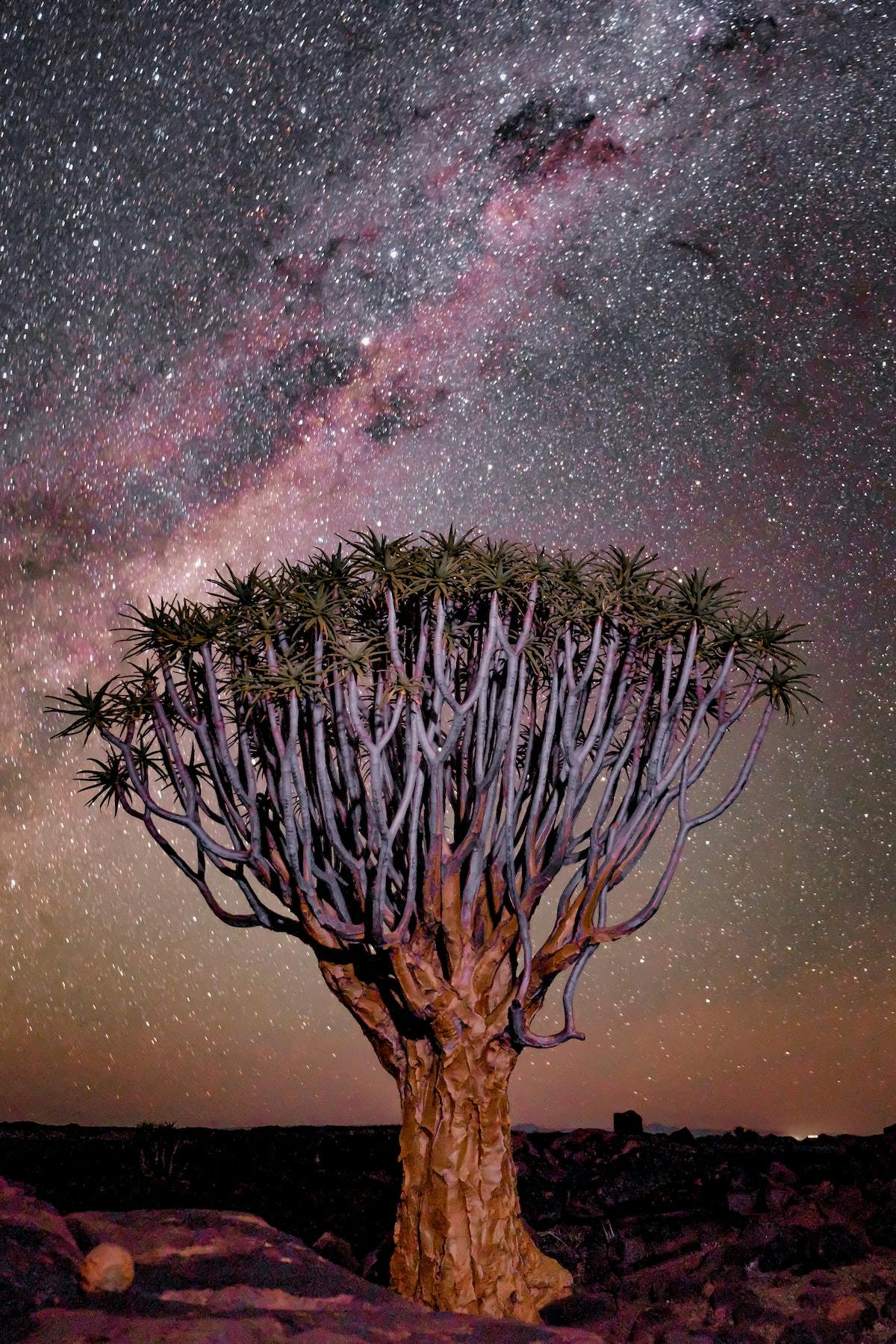
Learn more about the context behind this project
Island of Fertility
The river beds of Oana and the surrounding areas act as islands of fertility in an otherwise dry, desert habitat. Camel thorn or giraffe thorn (Vacheillia erioloba) is one of only a few tree species native to the area and is considered to be a keystone species while the sandy plains are home to species of Eragrostis, Stipagrostis and Schmidtia grasses, which provide food for the local wildlife and shelter for small animals.

The Threats
Across much of the landscape, overgrazing by domestic livestock is threatening the little vegetation that is capable of surviving in this harsh landscape. The fertile woodlands vital for many species are threatened by the spread of non-native Prosopis, introduced to the area to provide shade and livestock fodder, which increases desertification, outcompetes native flora and ultimately overtakes and homogenizes the river beds. Meanwhile, the grasses of the sandy plains have been overgrazed and left vulnerable to erosion. With climate change likely to increase the frequency of climatic extremes and rainfall, this is likely to become an even bigger problem in the future.
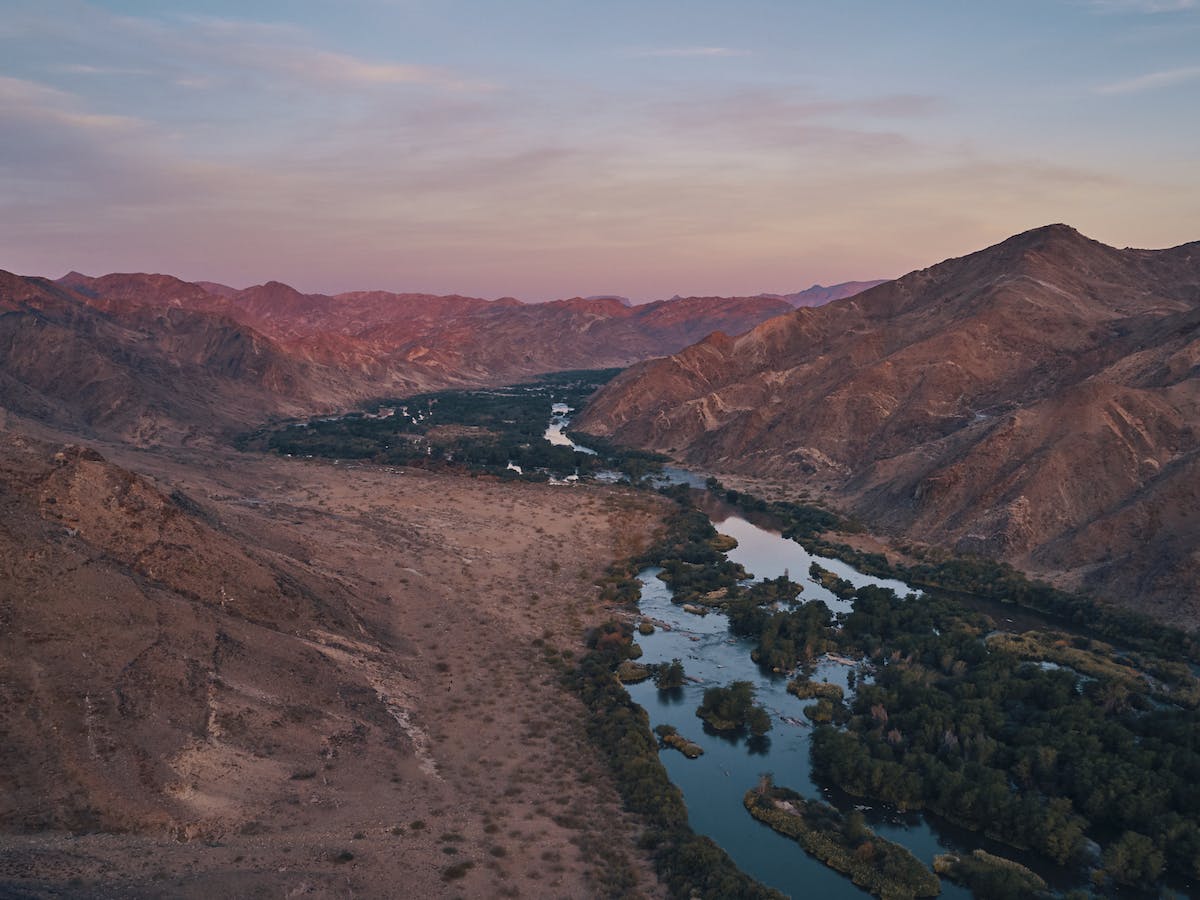
the team behind the project
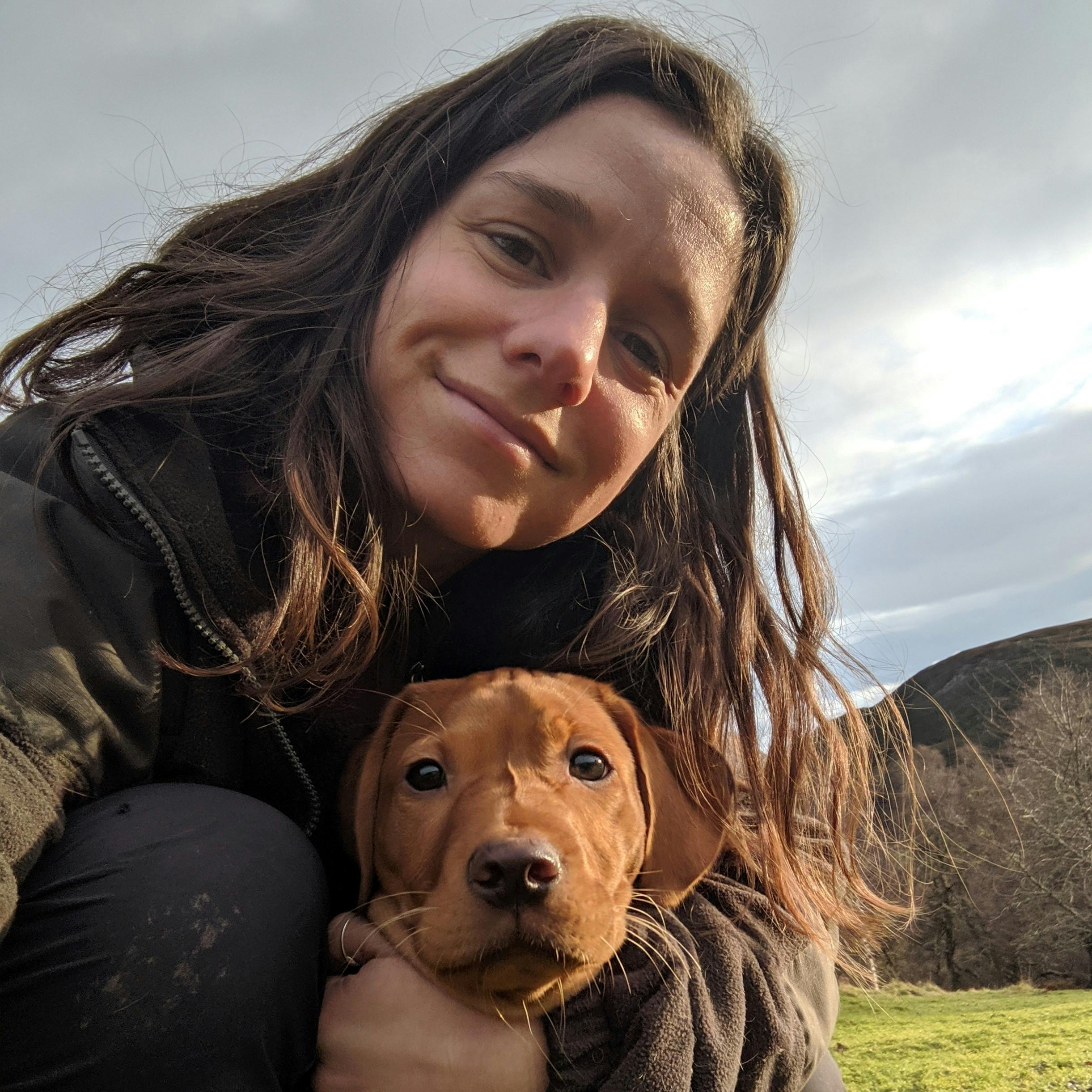
Hannah Kirkland, Conservation Biologist at Mossy Earth
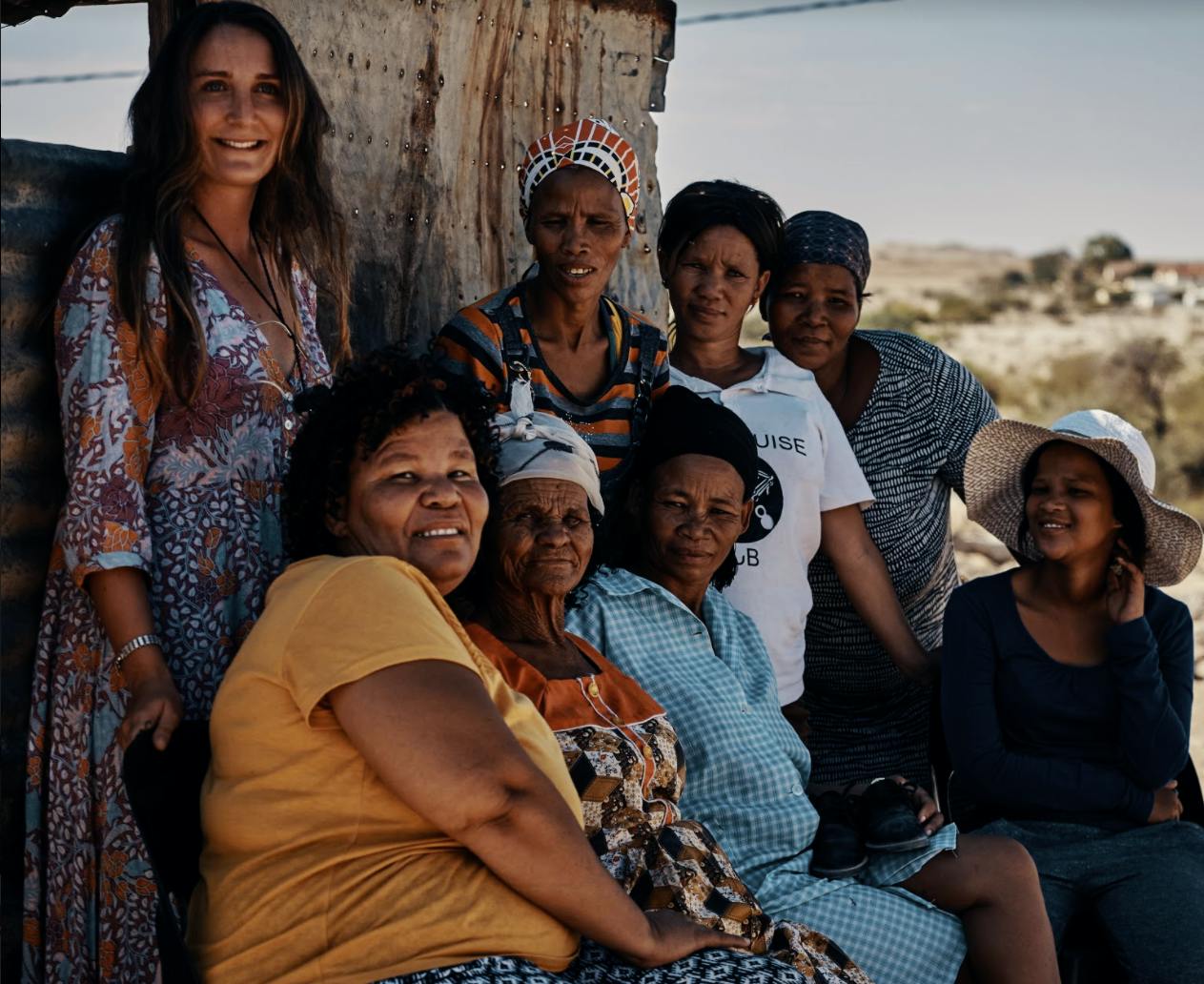
Andrea Pawel, Chief Executive Officer at Oana
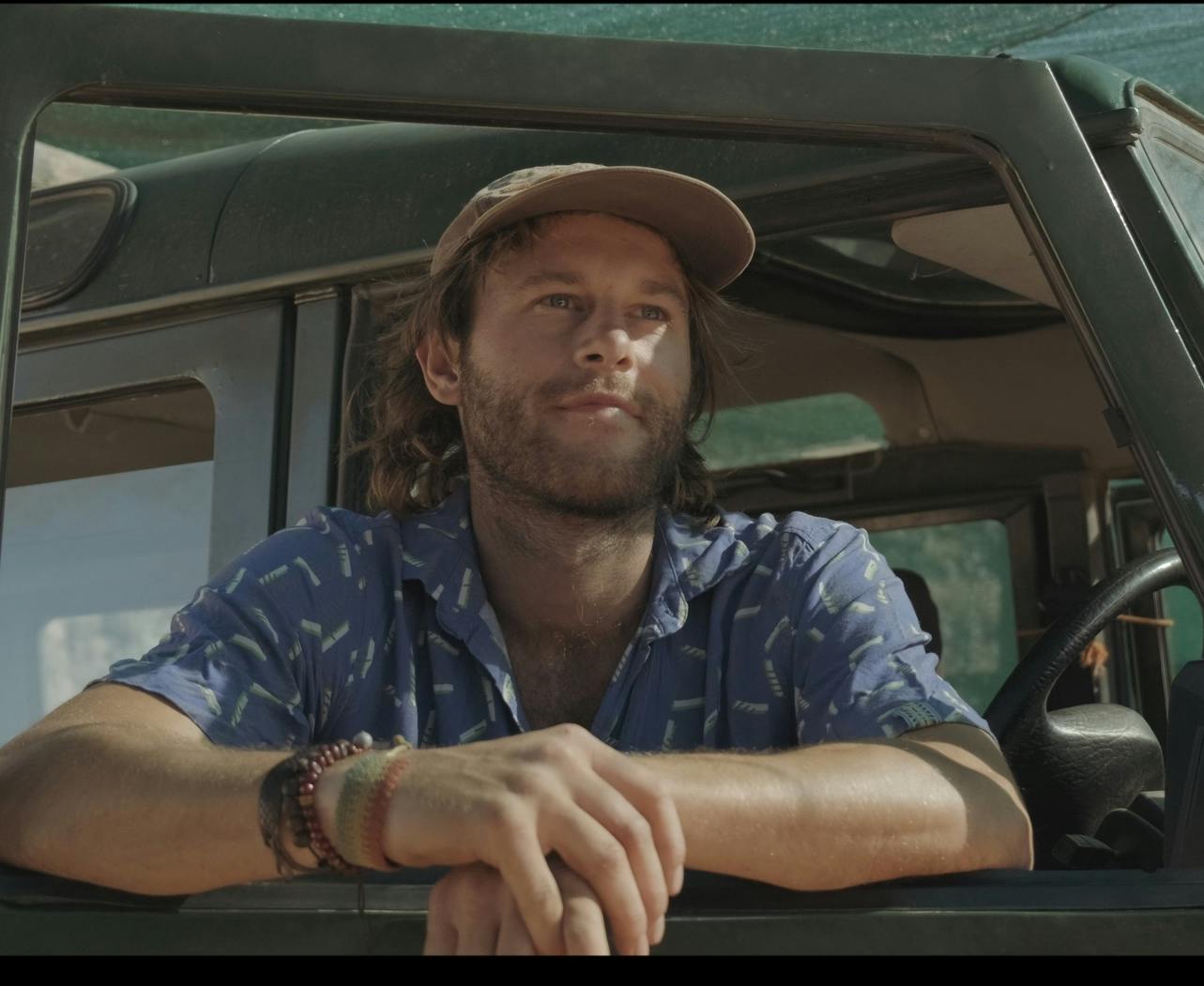
Red Barthorp, Chief Operating Officer at Oana
Sources & further reading

- “Biological Feedbacks in Global Desertification” - Science
- “The vegetation of South Africa, Lesotho and Swaziland” - South African National Biodiversity Institute